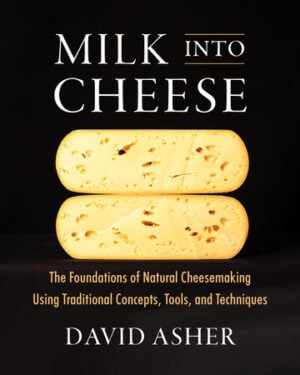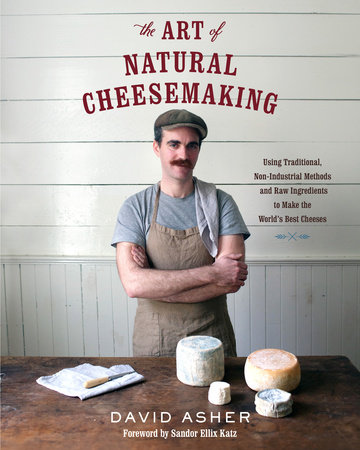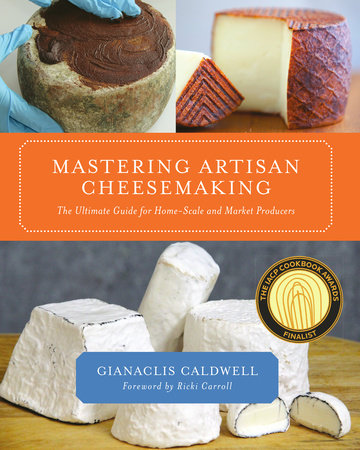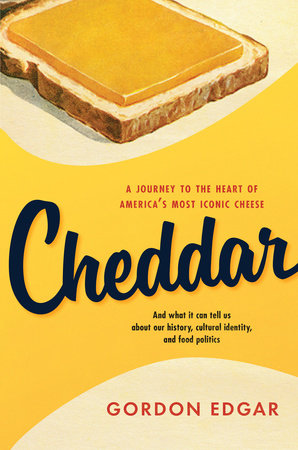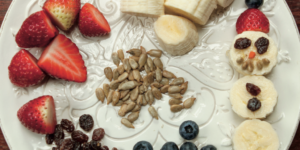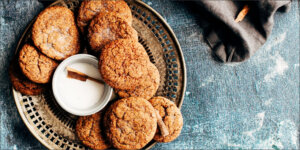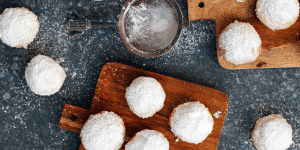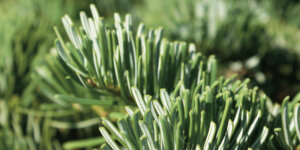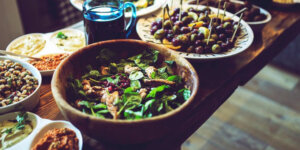Natural Cheesemaking: A Love Letter to Milk
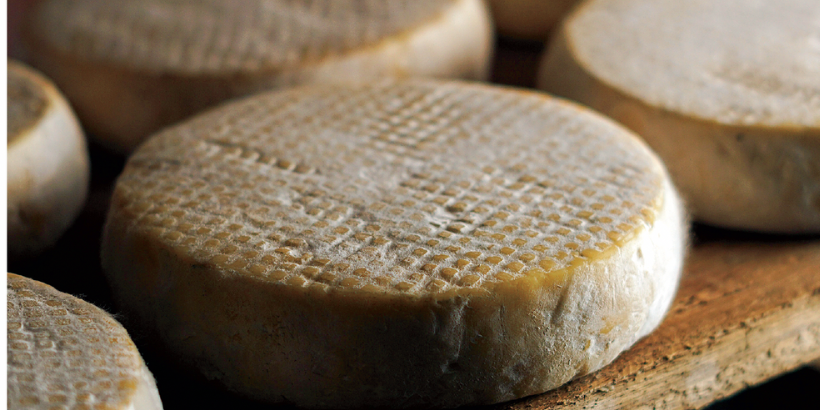
Cheese is milk’s destiny. And milk is the cornerstone of natural cheesemaking. Be inspired by the celebration of milk, in all its forms, especially the transformation of milk into cheese through fermentation.
“Consider cheesemaking and dairy fermentation a regular ritual to look forward to, acts that feed your soul as much as they feed you, your family, and your community.”
The following is an excerpt from Milk Into Cheese by David Asher. It has been adapted for the web.
PHOTO COURTESY OF QUEIJARIA BELAFAZENDA
Everything begins with milk.
You are holding in your hands a gift, offered to you like milk from mother to child. In the pages of this book you will find all you need to learn to make the most exceptional cheese. Milk Into Cheese defines the theory and practice of natural cheesemaking, providing ideas and tools for makers to transform their milk into an expansive array of delicious and nourishing dairy products in their most original and respectful way.
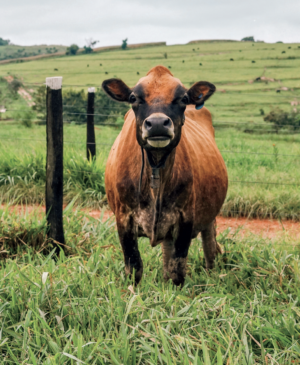
This book takes a defiant stance against the industrialization of dairying and aims to reclaim the most ecological form of agriculture: natural cheesemaking.
PHOTO COURTESY OF QUEIJARIA BELAFAZENDA
This book explores in depth the four foundations of natural cheesemaking, the philosophies that allow cheese to take its truest, most delicious form: using methods based on traditional cultural practices; using the freshest possible, least processed milk; coagulating with natural rennet from the stomachs of young animals; and inducing a natural fermentation with milk’s own community of microbes. In other words, the cultural (the hand) and the agricultural (the milk); the biological (the rennet) and the microbiological (the ferment).
Natural cheese is transformed from milk most fresh, preferably still animal-warm, and with minimal treatment.
It is ideally made from the milk of ancient breeds (though any ruminant’s milk will work just fine) nourished on fresh pasture or seasonal browse. And that milk should evolve from an agriculture that involves regenerative, organic, or biodynamic practices, and that assures the most ethical and sustainable treatment of its animals, as well as the sanctity of the soil and life.
Natural cheese invokes the use of traditional starters like whey, clabber, kefir, and wood. These cultures cause milk’s lactose sugars to ferment to lactic acid, souring it, developing its complex flavors, and protecting it from unwanted microbes. The starters are carried forward from one day’s cheesemaking to the next, allowing milk to best express its innate and intricate microbiologies. It is a cheesemaking allied with other traditionally fermented foods such as sourdough bread, natural wine, and naturally soured vegetables like pickles, kimchi, and sauerkraut.
Natural cheesemaking is curdling milk with naturally sourced rennet, derived from the stomachs of young animals of the herd, or certain plants or fungi that also cause milk to gel. It’s a realization of the biological processes that are the foundation for all cheese’s many transformations. This rennet is synchronous with the dynamic of traditional dairying practices and assures the most ethical and sustainable treatment of young animals born into the dairy.
And natural cheesemaking is employing techniques that are time-honored and respectful of traditional practices from cultures around the world. It is using natural tools that enable every cheese’s best evolution.It is cultivating the right ripening organisms through a naturally minded affinage, and aging cheeses in a more natural cave. And it is trusting your milk, your culture, your rennet, and your skill as a cheesemaker.
Natural cheesemaking should inspire awe and wonder like other extraordinary natural phenomena: powerful thunderstorms, meandering rivers, oldgrowth trees, and distant galaxies. It’s like working with the forces of both life and death simultaneously—for natural cheesemaking encompasses remarkable forms of biological magic.
This book’s aim is to prove the worth of natural methods in an uplifting and spirited exploration of our beautiful world’s diverse cheeses and dairy ferments.
Milk Into Cheese is a celebration of milk, in all its forms.
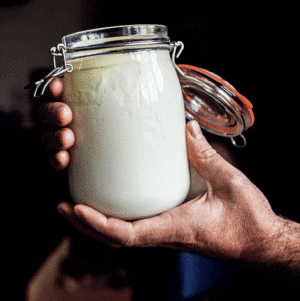
Milk is meant to ferment; it can develop into an effective starter culture known as clabber simply with its inherent microbiology.
PHOTO COURTESY OF MAX JONES
This book is a deeper dive into milk—a more expansive and explorative look into the subject of natural cheesemaking than my first book, The Art of Natural Cheesemaking—showing how all styles of cheese are interrelated, and how they can all evolve from the same milk, with the help of its exceptional community of microbes and its most appropriate enzymes. It better represents the scope of what I practice and what I teach today.
This time I wanted to take the opportunity to write a definitive guide on the subject of cheesemaking and dairy fermentation, taking the natural philosophy of cheese to an all-encompassing completeness, with the goal of proving the rightness of these techniques for all styles of cheese in all circumstances. It offers a global, universalist perspective on the ways to make this ancient and important food.
Almost no cheese is left unturned in the pages of this book, from the simplest cultured butter, cottage cheese, and kefir, to the most challenging Brie, Comté, and caciocavallo. It includes the most popular cheddar, mozzarella, chèvre, and ricotta, as well as the rare amasi, tomme crayeuse, and cuajada. From the softest and pudgiest to the hardest and most crystalline, the freshest and most heaven-sent to the most decayed and putrescent, this book will help you make them all.
There is a great diversity of techniques within each class of cheese, taking a detailed look at the craft and representing a greater picture of milk’s many possibilities. For example, I include eight or more different alpine cheesemaking techniques (tomme de Savoie, tomme crayeuse, tomme de montagne, tomme de chèvre, raclette, Comté, Emmentaler, and grana).
The techniques are also more streamlined.
The philosophies of natural cheese have continued to inspire and improve my approach, and I’ve realized many ways in which the cheesemaking process can be made even simpler and more elegant with these ideas. Go ahead and add your natural starter and rennet to milk at the same time, for example, and save yourself an hour in each and every make.
On the natural side, I’ve now worked extensively with wooden cheesemaking vats, copper kettles, calf and kid stomachs, and many of the trappings of traditional cheesemaking that I only briefly explored previously or had not even considered. I’ve discussed the nuances of wood and other natural materials with respect to fermentation with coopers, vintners, and cider makers. And I’ve worked with potters and weavers to better understand the nature of clay and reed and their relation to natural techniques.
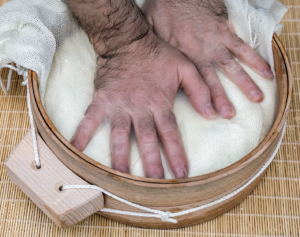
Pressing cheeses by hand into their forms suffices for alpine cheeses if they’re brought together under their warm whey and kept warm in their forms. Only milled cheeses like cheddar need a mechanical press to knit their firm and acidic curds together. PHOTO BY CHLOE GIRE
I’ve spent many of these intervening years, since my last book, milk-jamming with many other practitioners around the world who have helped me understand the nature and nuance of the cheeses they make. I’ve experimented endlessly with new techniques to understand more diverse cheeses and redefine their makes in a natural way. And I’ve learned about (and tasted) many more, often obscure styles of cheese, and come to understand what each one teaches us about the nature of milk.
There are even techniques that push the boundaries of what’s possible in meat curing, natural winemaking, and cider making, borrowing from the philosophy from natural cheesemaking, which of course borrowed many concepts from these same realms. I’ve come to believe that on the exceptionally wide spectrum of natural cheesemaking, wine, bread, and fermented meats should all be included!
For commercial producers, there’s also much more information (in the appendices) on how to have success with these natural methods in your dairies, based on my and others’ experiences, including how you can prove the safety of keeping natural starters, and even how to use traditional rennet stomachs.
As for the Milk
The milk for all cheesemaking techniques should preferably be used still warm from the udder. If I could distill a single definition for milk that makes the best cheese, this would be it.
Milk is degraded by any processing other than cheesemaking.To make the best cheese, any milk treatment, especially its refrigeration, should be avoided. For a farmer-cheesemaker I therefore recommend twice-daily cheesemaking, always with the freshest milk, preferably still warm from the udder. You will make a better cheese (flavor-wise, nutrition-wise, efficiency-wise, and foodsafety-wise) if you make smaller batches of cheese more often, using the freshest milk with each batch. Some styles like lactic cheeses and barrel butter are effortless and make regular cheesemaking easier—easier even than putting that milk into the fridge!
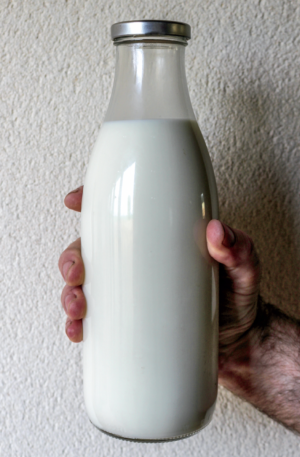
Fresh milk that’s unrefrigerated, unpasteurized, and unhomogenized is best for cheesemaking. Any effort to keep milk as milk takes away from its natural ability to respond to the cheesemaking process
Chilled milk, or mixed milk out of a bulk tank, can be used, but doing so will cause problems in the evolution of a cheese, resulting in off flavors, unwanted microbiologies, and possible risks to human health. For reasons that I’ll explain in chapter 2, the longer it’s refrigerated, the worse milk and its cheese gets. Milk refrigerated longer than 12 hours should probably be pasteurized, a technology that’s best avoided. I’m not going to get into the details about it in this book, as it’s entirely unnecessary when working with the freshest milk.
Milk, still warm from the udder, is as good as it gets, and though its sale off the farm is largely illegal (if raw milk can be sold it is generally mandated to be chilled to 4°C (39°F) immediately after milking, damaging that milk), it is worth seeking out for its many benefits. Refrigeration is such a norm on dairy farms today that milking systems immediately chill milk on its exit from the animals, providing no option for a farmer to take out warm milk. Producers typically have to work around their built-in systems to do so, often no easy task.
Find warm milk if you can, by bypassing the industrial system that largely destroys the best qualities of our milk and making connections to get it directly from your local farmers. Be sure to use the milk right away, or within 2 to 3 hours of milking, for best effect.
Any unprocessed milk from any style of farming will work for these techniques: from pastured cows to cows inside on hay and even those fed baleage, silage, or total mixed ration (TMR). Though I hold the practice of feeding fermented corn silage to be among the most destructive inroads of industrialization into dairying, corn-silage-fed cow’s milk still makes remarkably delicious cheese when transformed in a natural way. When working with it I have been surprised to find it respond and ferment the same way as other, more naturally produced milks. It seems to me to be a misconception that milk made with fermented feeds causes cheeses to bloat; the problem is more likely a systemic one.
Use what milk you can get access to and uphold your own ideals. Fresh milk direct from an animal is still milk and will work for all of these techniques.
And for those that aren’t dairy farmers, or cannot source the freshest milk, pasteurized and unhomogenized milk will work well enough for most techniques in these pages. However, you should avoid High Temperature Short Time (HTST) pasteurized milk (72°C [162°F] for 15 seconds) and ultra-high-temperaturetreated (UHT) milk (110°C [230°F] for 10 seconds). Bulk pasteurized milk (62°C [144°F] for 30 minutes) does respond to most cheesemaking methods, but the curds are less responsive and often need more delicate handling and a prolonged stirring to achieve the same result as a raw milk version.
Some techniques work specifically for cow’s milk and others specifically for goat. I do recommend in general that you stick to those particular species for those particular makes, switching things up only by making appropriate modifications. Every species’ milk works slightly differently than every other, and in the milk chapter we’ll explore the different tendencies of each milk.
Enjoy! What else can I say without digging into the meat of the matter—just jump in and enjoy making the most of your milk!
Recommended Reads
Recent Articles
These snacks might be too darn cute to take a bite of! Brighten up snack time this winter using fruits and veggies we all know and love.
Read MoreThe scent of fir trees is a holiday staple 🎄 Imagine sipping a festive cocktail infused with the unmistakable taste of fir ✨ This holiday season, elevate your entertaining game by introducing fir to your menu – from classy cocktails to rustic potatoes!
Read MoreLooking for a way to use that leftover Thanksgiving Turkey? Shake things up this holiday season with a game-changing twist. Serve these easy-to-make appetizers with a side of Vietnamese dipping sauce for an extra kick of flavor!
Read More

